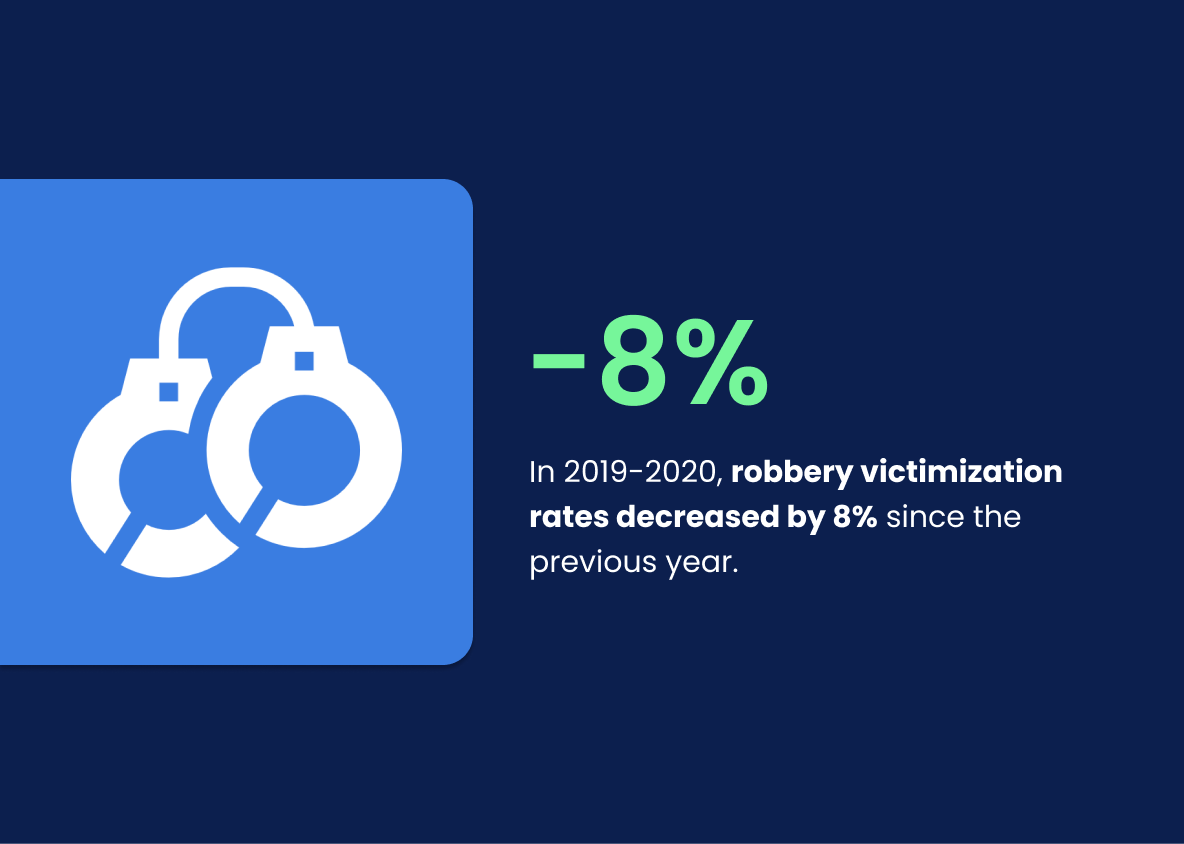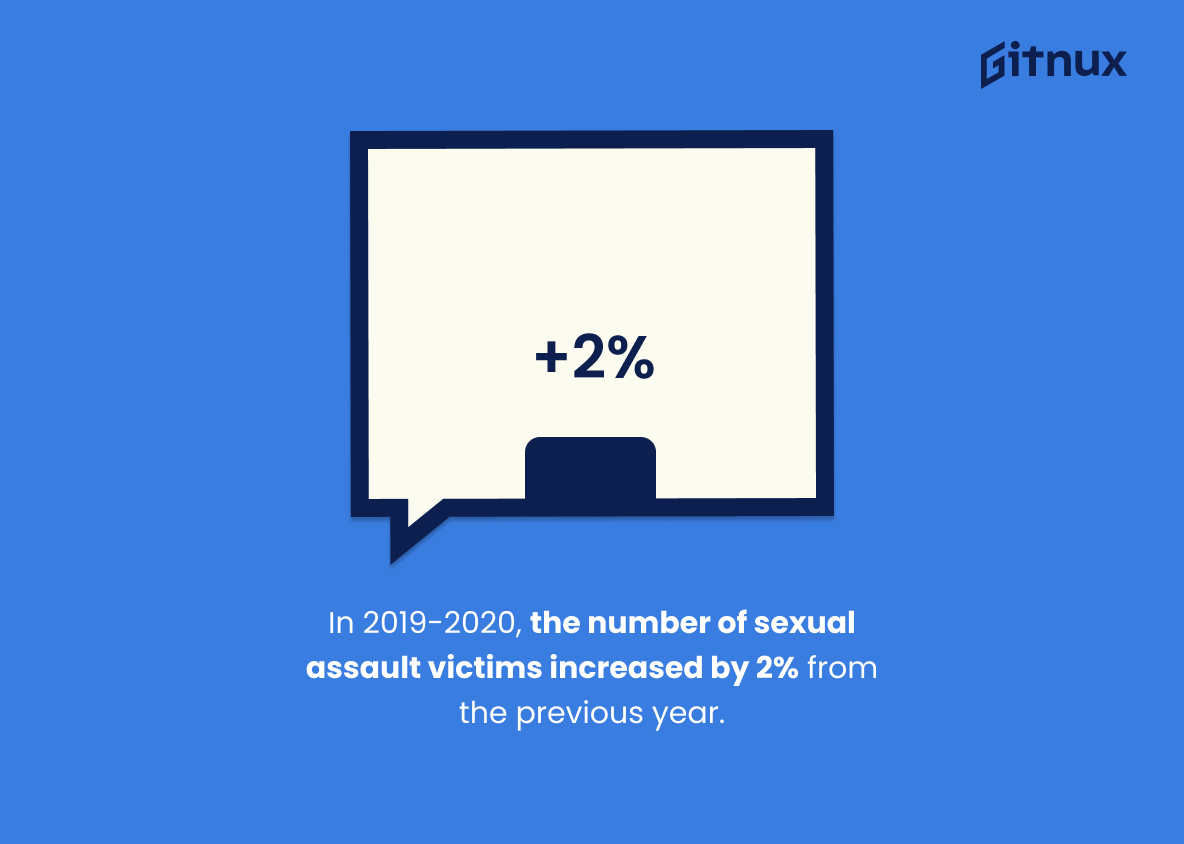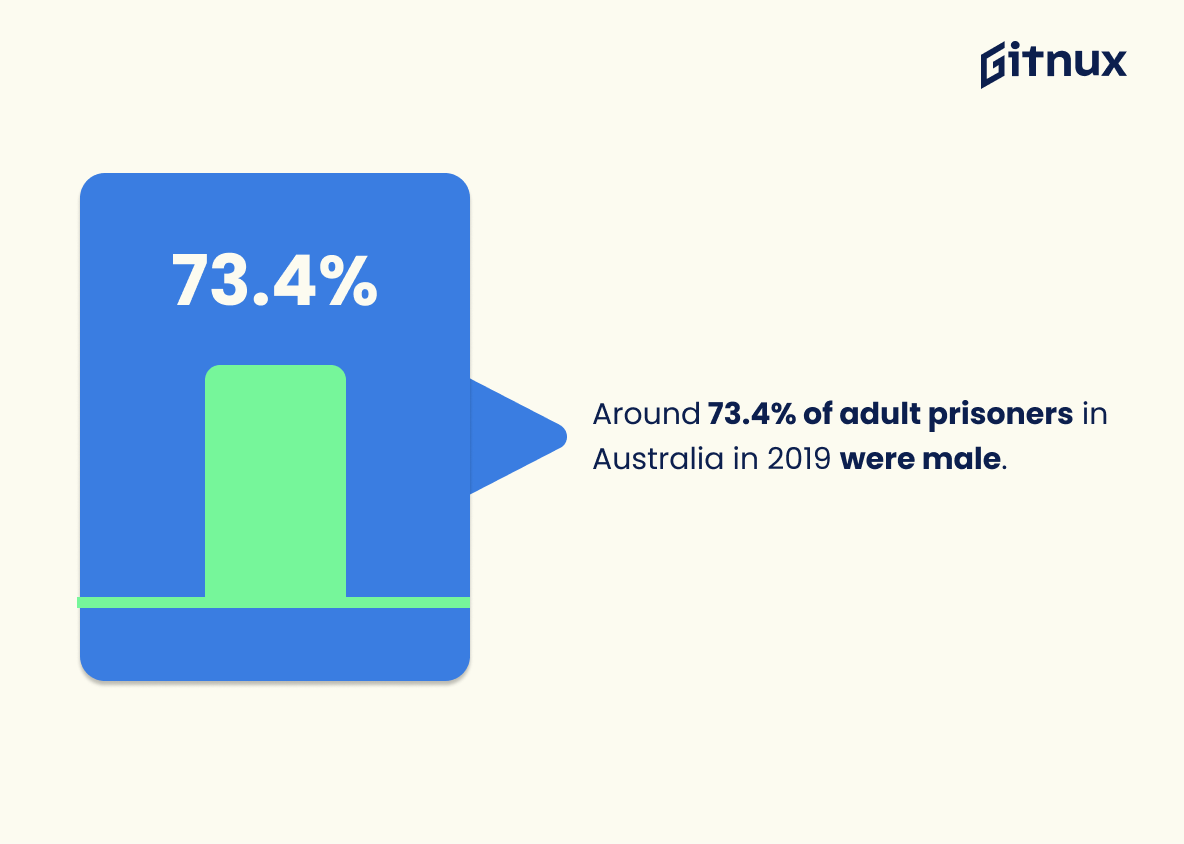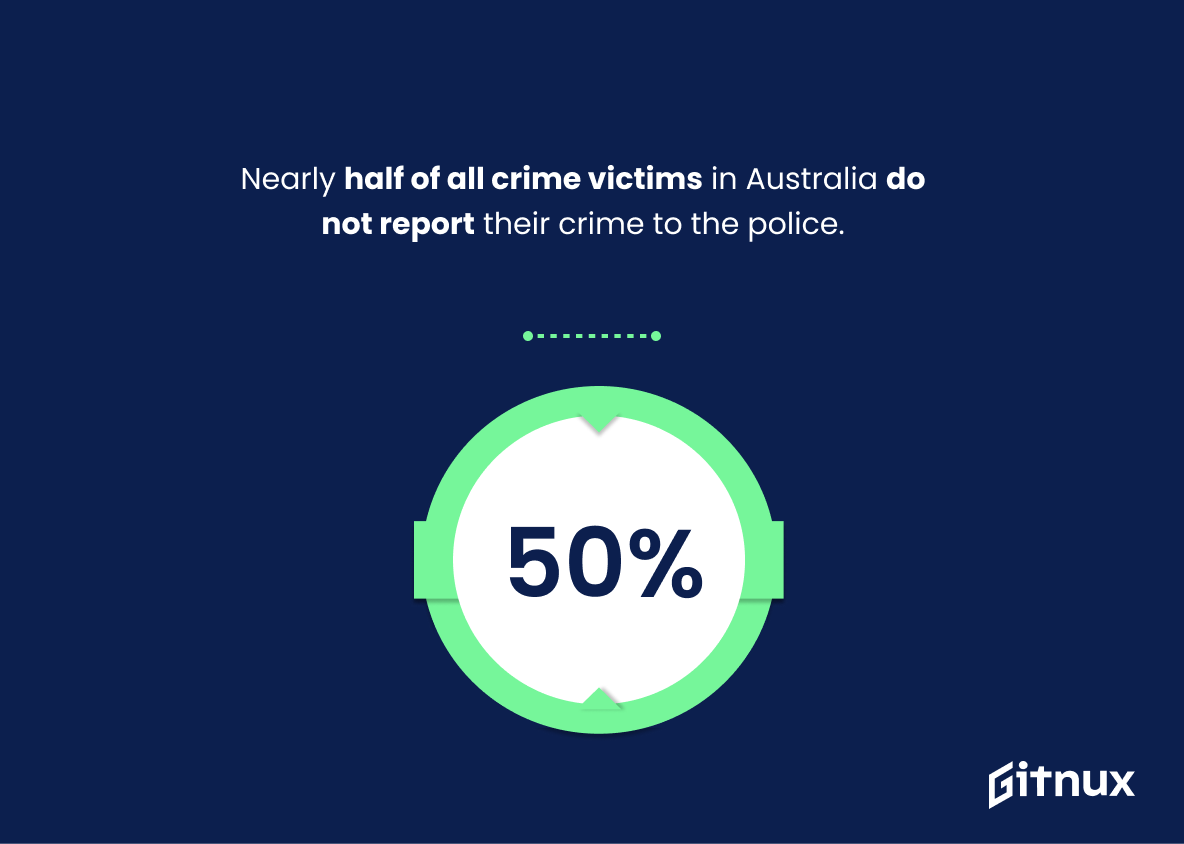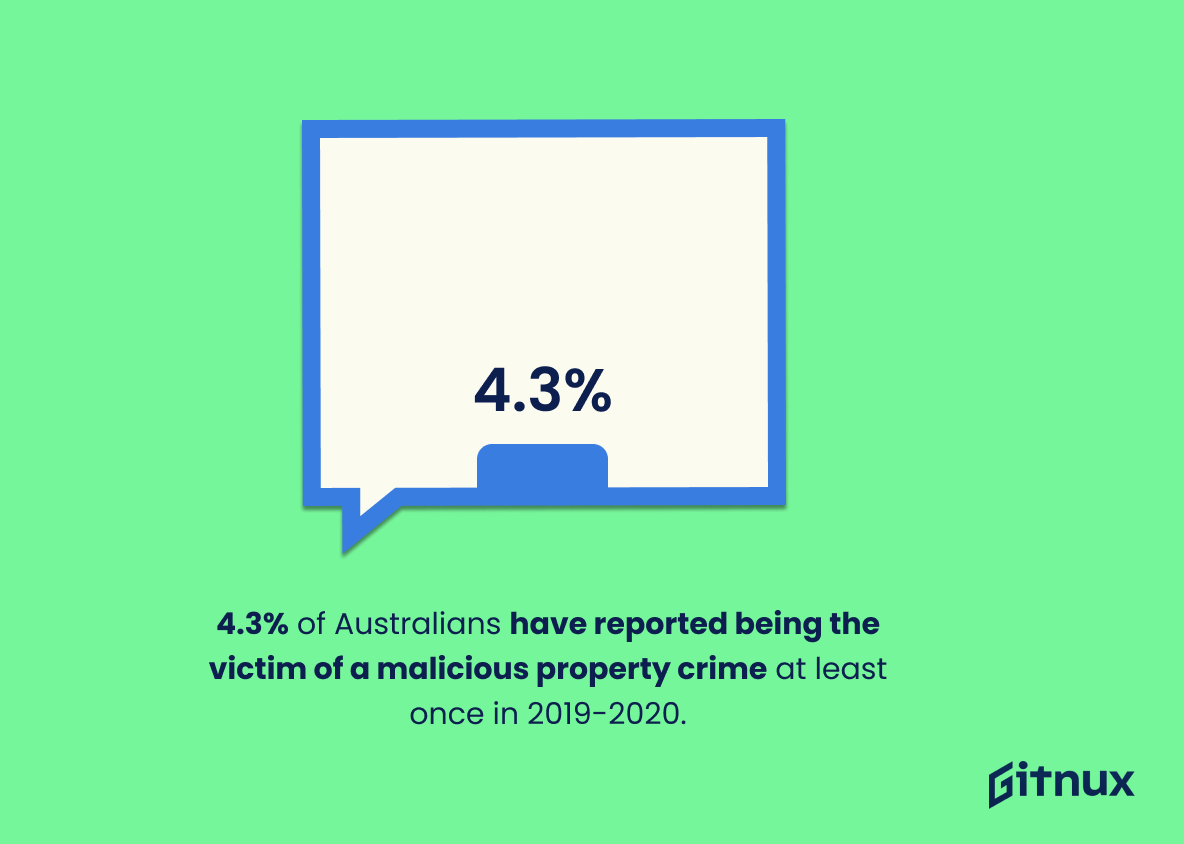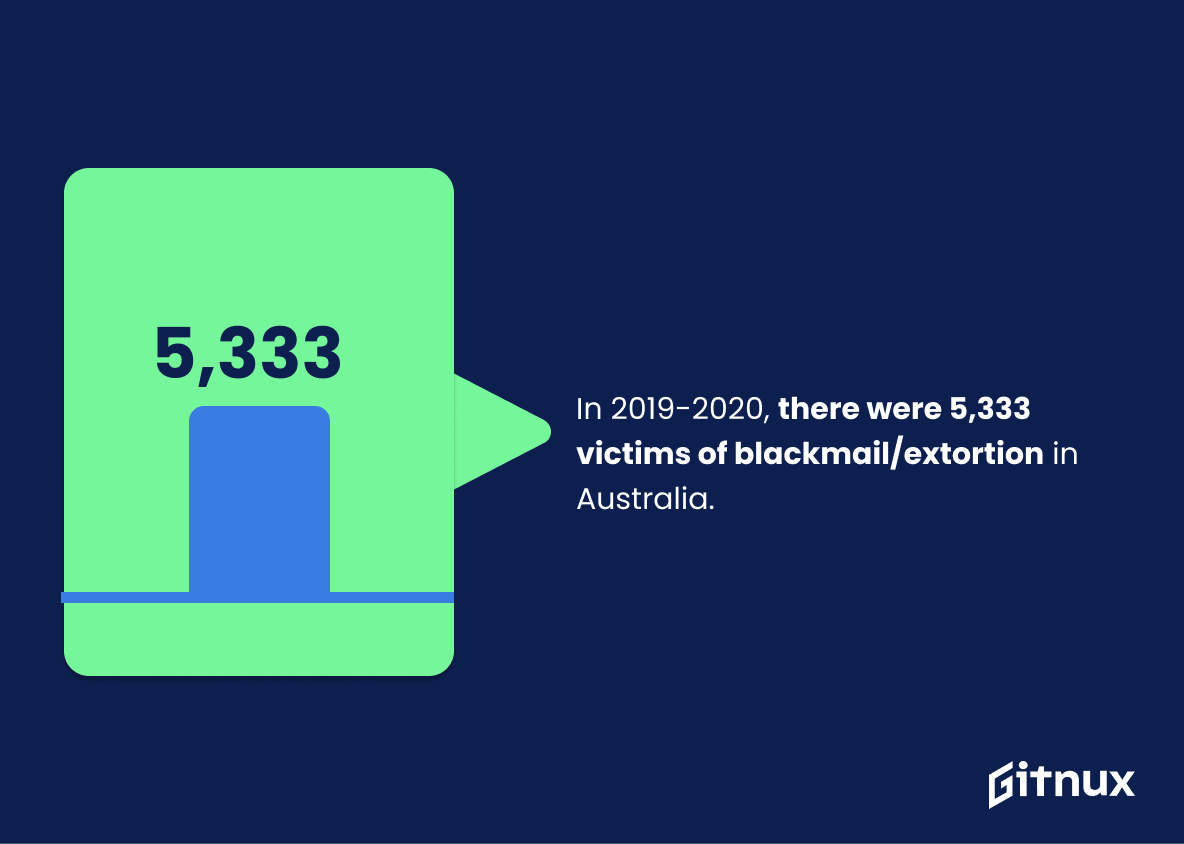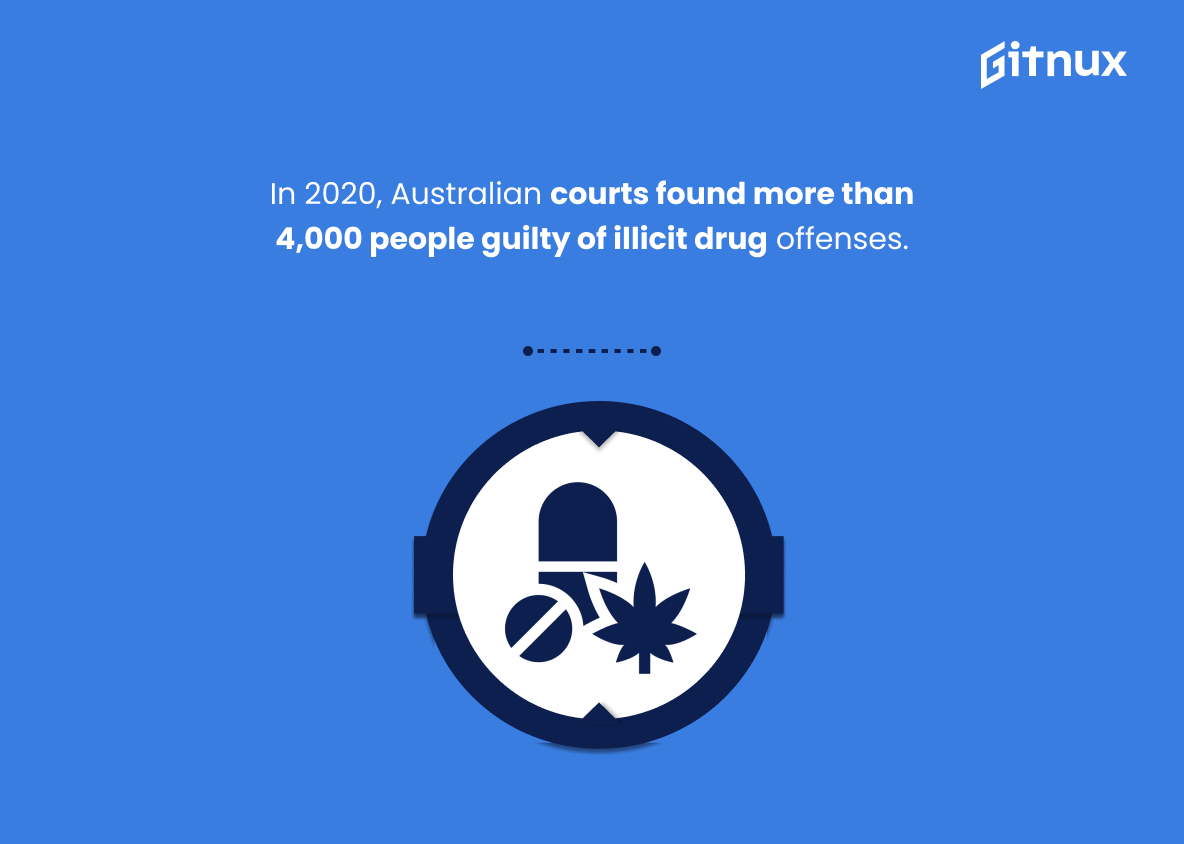Crime is a major issue in Australia, and the statistics tell an important story. In 2019-2020, there were 419,582 victims of selected offenses across the country. Theft was by far the most common type of crime reported during this period, accounting for 43% of all offenses. Homicide victimization rates stood at 0.9 per 100,000 persons while robbery decreased 8%. Sexual assault increased 2%, with 1 in 6 Australian women and 1 in 16 men having experienced physical or sexual violence from a current or former partner according to 2018 figures. Illicit drug offences made up 20% of all crimes committed that year with economic costs estimated at $47 billion dollars for 2017 alone; 47% of prison entrants were returning prisoners as well – 73.4% male – while Aboriginal and Torres Strait Islander people were 9 times more likely to be imprisoned than non-Indigenous people in June 2019 (ABS).
In 2020 there were 8493 serious assaults requiring hospitalization along with 26390 motor vehicle thefts; 4303 Australians had been victims malicious property crime once over the same time frame whilst 21 040 kidnappings/abductions occurred alongside 5333 blackmail/extortion cases (ABS). Courts found 4000+ guilty on illicit drug charges too (ABS) but nearly half those affected did not report their experiences to police authorities either (ABS). All these facts paint a picture about how much work needs doing when it comes to tackling criminal activity within our nation’s borders – something we’ll explore further here today.
The prevalence of theft in Australia is a stark reminder of the need for increased security measures and vigilance. With 43% of all reported offenses in 2019-2020 being theft, it is clear that this is an issue that needs to be addressed.
In 2019-2020, the national victimization rate for homicide was 0.9 per 100,000 persons.
The statistic of 0.9 homicides per 100,000 persons in 2019-2020 is a powerful reminder of the importance of understanding crime statistics in Australia. This figure highlights the need to be aware of the prevalence of homicide in the country, and to take steps to ensure that the safety of citizens is maintained. By understanding the national victimization rate for homicide, we can better understand the scope of the problem and take steps to reduce the number of homicides in Australia.
Australian Crime Statistics Overview
In 2019-2020, robbery victimization rates decreased by 8% since the previous year.
This statistic is a testament to the success of the Australian criminal justice system in reducing the rate of robbery victimization. It is a sign that the efforts of law enforcement and other stakeholders to combat crime are paying off, and that the public is safer as a result. This is an encouraging development that should be celebrated and shared with the wider community.
In 2019-2020, the number of sexual assault victims increased by 2% from the previous year.
This statistic is a stark reminder of the prevalence of sexual assault in Australia. It highlights the need for greater awareness and prevention of this crime, as well as improved support for victims. The 2% increase in victims is a worrying trend that must be addressed in order to ensure the safety of all Australians.
From 2018 to 2019, over 47% of all prisons entrants in Australia were returning prisoners.
This statistic is a stark reminder of the revolving door nature of the Australian prison system. It highlights the fact that a significant portion of those entering the prison system are not first-time offenders, but rather individuals who have been through the system before. This indicates that the current system is not adequately addressing the underlying issues that lead to criminal behavior, and that more needs to be done to reduce recidivism.
Around 73.4% of adult prisoners in Australia in 2019 were male.
This statistic is a stark reminder of the gender disparity in the Australian prison system. It highlights the fact that the majority of those incarcerated are male, and that the criminal justice system is disproportionately impacting men. This is an important issue to consider when discussing crime in Australia, as it can help to inform policy decisions and initiatives that aim to reduce the number of people in prison.
Nearly half of all crime victims in Australia do not report their crime to the police.
This statistic is a telling indication of the state of crime in Australia. It suggests that the true extent of criminal activity in the country is likely to be much higher than what is officially reported. This means that the official crime statistics may not accurately reflect the reality of the situation, and that the true level of crime in Australia may be much higher than what is currently known. This is an important factor to consider when discussing Australian crime statistics, as it highlights the need for further research and analysis into the true extent of criminal activity in the country.
In 2019-2020, there were 26,390 victims of motor vehicle theft in Australia.
This statistic is a stark reminder of the prevalence of motor vehicle theft in Australia. It serves as a reminder that, despite the efforts of law enforcement, motor vehicle theft remains a major issue in the country. It is a sobering reminder that Australians must remain vigilant in protecting their vehicles from theft.
4.3% of Australians have reported being the victim of a malicious property crime at least once in 2019-2020.
This statistic is a stark reminder of the prevalence of malicious property crime in Australia. It highlights the fact that even in 2019-2020, a significant portion of Australians have been affected by this type of crime. This statistic serves as a reminder that malicious property crime is still a major issue in Australia and that more needs to be done to address it.
In 2019-2020, there were 21,040 kidnapping/abduction victims in Australia.
This statistic is a stark reminder of the prevalence of kidnapping/abduction in Australia. It serves as a reminder that this is an issue that needs to be addressed, and that the safety of Australians is at risk. It is a call to action for the government and law enforcement to take steps to reduce the number of kidnapping/abduction victims in Australia.
In 2019-2020, there were 5,333 victims of blackmail/extortion in Australia.
The statistic of 5,333 victims of blackmail/extortion in Australia in 2019-2020 paints a stark picture of the prevalence of this crime in the country. It serves as a reminder that blackmail/extortion is a serious issue that needs to be addressed, and that Australians need to be aware of the risks and take steps to protect themselves.
In 2020, Australian courts found more than 4,000 people guilty of illicit drug offenses.
This statistic is a stark reminder of the prevalence of illicit drug offenses in Australia. It highlights the need for more effective strategies to tackle the issue and reduce the number of people being found guilty of such offenses. It also serves as a warning to those who may be considering engaging in such activities, as the consequences can be severe.
Conclusion
The data presented in this blog post paints a picture of the crime situation in Australia. Theft was found to be the most common type of crime, accounting for 43% of all reported offenses in 2019-2020. Homicide victimization rates were relatively low at 0.9 per 100,000 persons and robbery victimization decreased by 8%. Sexual assault victims increased by 2%, while 1 in 6 Australian women and 1 in 16 Australian men have experienced physical or sexual violence from a current or former partner. Illicit drug offenses made up 20% of all offences with an estimated economic cost of $47 billion dollars for 2018-2019 alone. Over 47% percent of prison entrants were returning prisoners, 73.4% being male and 9.7 times more likely to be Indigenous than non-Indigenous people respectively; 60.5 % returned within two years after completing their sentence as well as 33 .3 % related to domestic violence incidents that year too.. Additionally, nearly half (49%) did not report their crimes to police authorities whilst motor vehicle theft accounted for 26390 victims nationwide along with 5333 blackmail/extortion cases plus 8313 serious assaults requiring hospitalisation during 2020 – 4200 illicit drug offenders also convicted last year according tot he courts findings Overall these statistics demonstrate both positive trends such as decreasing robberies but also concerning issues like increasing sexual assault numbers which need further attention from law enforcement agencies across Australia
References
0. – https://www.abs.gov.au
